
Copernical Team
'Ring of fire' solar eclipse will cut across the Americas, stretching from Oregon to Brazil
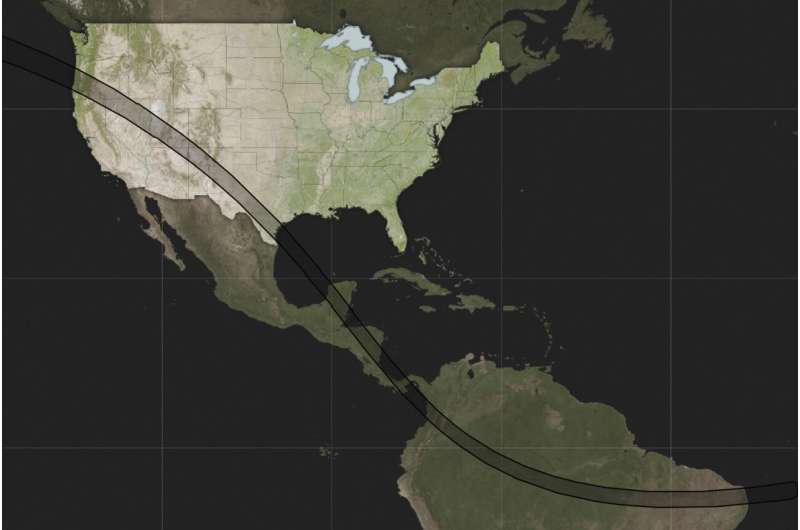
US astronaut gets used to Earth after record-setting 371 days in space
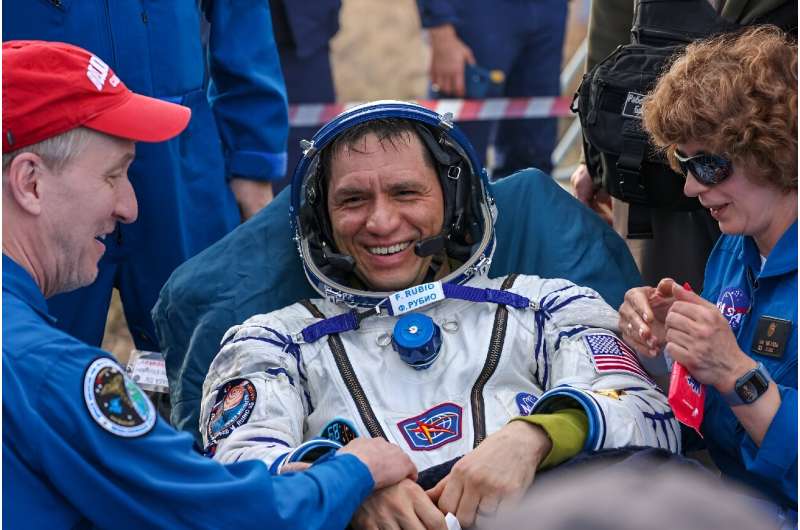
After spending more than a year in space, Frank Rubio now has to get used to that pesky thing Earthlings call gravity.
"Walking hurts a little bit the first few days, the soles of your feet and lower back," he said at a news conference Friday at NASA's Johnson Space Center in Houston, Texas.
Canadian-French astrophysicist Hubert Reeves dies aged 91
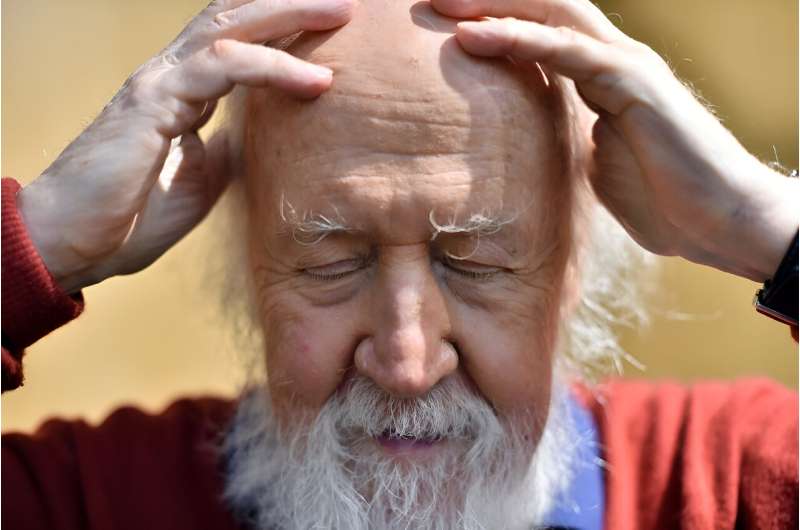
Canadian-French astrophysicist Hubert Reeves, who was renowned for his work popularizing space science, died Friday aged 91, his son said in a post on Facebook.
"My whole family joins me in the pain of having to announce that our dear father has gone to join the stars," Benoit Reeves said.
The history of the universe was Reeves' life passion—he famously said that "to look far is to look early," evoking the concept of space-time—and he was also an ardent defender of planet Earth.
Born in Montreal on July 13, 1932, his thirst for knowledge began at a young age.
At night at their home in Quebec, Reeves and his family would go out to admire the sky, where he first learned to recognize constellations using a cardboard sheet.
Audit calls NASA's goal to reduce Artemis rocket costs 'highly unrealistic,' threat to deep space exploration
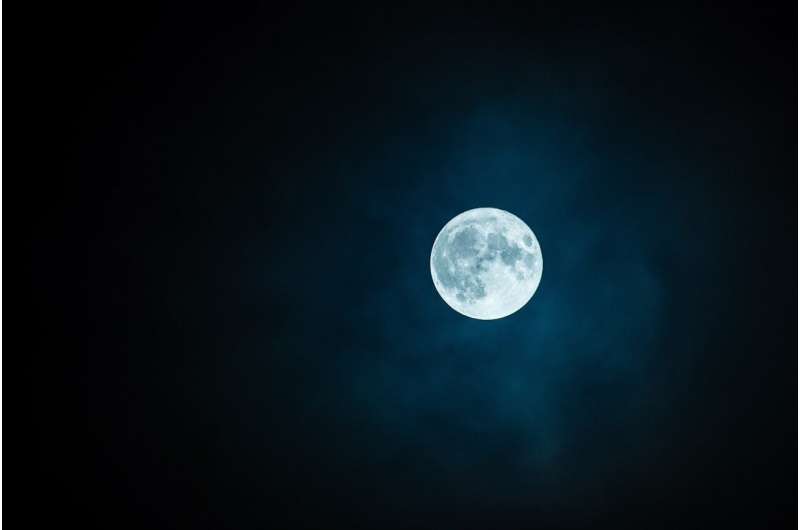
NASA's goal to reduce the costs of the powerful Space Launch System rocket for its Artemis program by 50% was called "highly unrealistic" and a threat to its deep space exploration plans, according to a report by NASA's Office of the Inspector General released on Thursday.
The audit says the costs to produce one SLS rocket through its proposed fixed-cost contract will still top $2.5 billion, even though NASA thinks it can shrink that through "workforce reductions, manufacturing and contracting efficiencies, and expanding the SLS's user base."
"Given the enormous costs of the Artemis campaign, failure to achieve substantial savings will significantly hinder the sustainability of NASA's deep space human exploration efforts," the report warns.
Already, the Biden administration is requesting its largest NASA budget ever for the next fiscal year, although a Republican-led U.S. House is likely to kneecap some of NASA's requests.
The audit looked at NASA's plans to shift from its current setup among multiple suppliers for the hardware to a sole-sourced services contract that would include the production, systems integration and launch of at least five SLS flights beginning with Artemis V currently slated for as early as 2029.
A comprehensive blueprint for the settlement of Mars
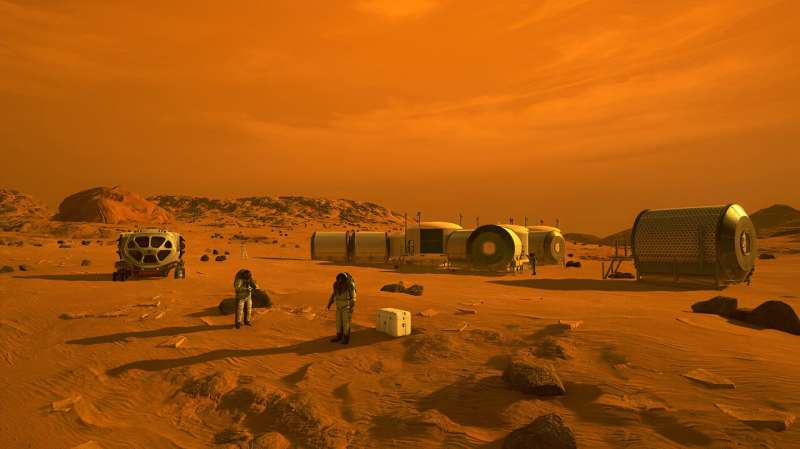
Throughout the 20th century, multiple proposals have been made for the crewed exploration of Mars. These include the famed "Mars Project" by Werner von Braun, the "Mars Direct" mission architecture by Robert Zubrin and David Baker, NASA's Mars Design Reference Mission studies, and SpaceX's Mars & Beyond plan. By 2033, two space agencies (NASA and the CNSA) plan to commence sending crews and payloads to the Red Planet. These and other space agencies envision building bases there that could eventually lead to permanent settlements and the first "Martians."
This presents several major challenges, not the least of which have to do with exposure to radiation, extreme temperatures, dust storms, low atmospheric pressure, and lower gravity. However, with the right strategies and technology, these challenges could be turned into opportunities for growth and innovation. In a recent paper, a Leiden University researcher offers a roadmap for a Martian settlement that leverages recent advancements in technology and offers solutions that emphasize sustainability, efficiency, and the well-being of the settlers.
Psyche spacecraft launched to mysterious and rare metal asteroid in first mission of its kind
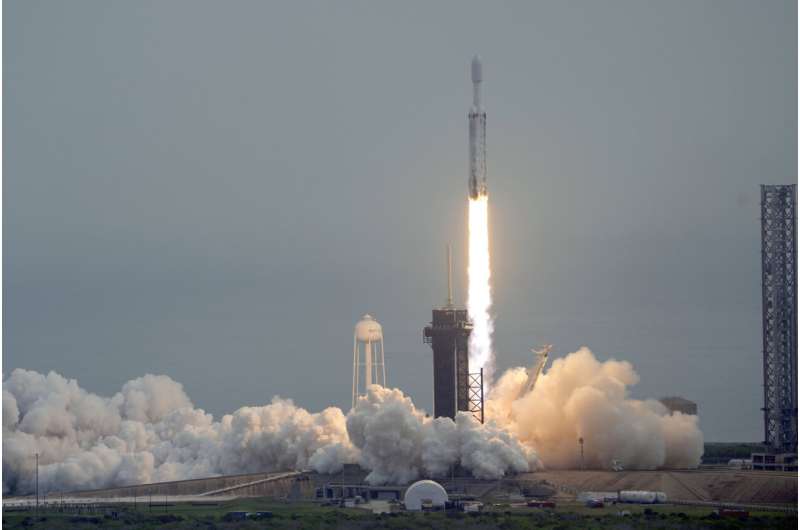
NASA's Psyche spacecraft rocketed away Friday on a six-year journey to a rare metal-covered asteroid.
Here's how NASA's Psyche mission could unveil the interior secrets of planets
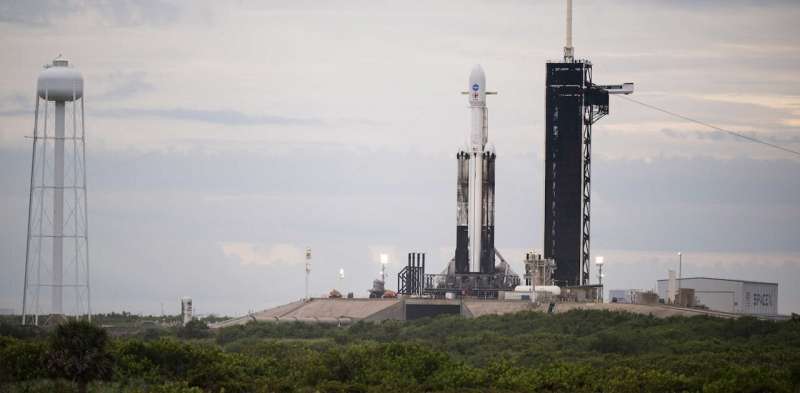
It's unlikely to be a bad omen, but NASA's mission Psyche is currently due to launch on Friday 13 October. Lifting off at 10:19 EDT on a SpaceX Falcon Heavy rocket, it faces a perilous journey and isn't scheduled for arrival at its namesake asteroid, 16 Pscyhe, until 2029.
Asteroid 16 Psyche (meaning "soul" in Greek) was discovered in 1852 and is named after an ancient Greek princess who married Eros (the namesake of another asteroid). It orbits the sun in the main asteroid belt between Mars and Jupiter, at approximately three times the distance from the sun as Earth. It is a massive M-type asteroid (M stands for "metal-rich"), over 230km across.
Astronomers have to be careful with the term metal though, as in stellar physics "metallicity" means anything heavier than helium. In this case though, we are talking about metals such as iron and cobalt.
To give an idea of scale, if the sun was shrunk down to the size of an official NBA basketball, then the asteroid's diameter would be about the same size as the thickness of three pieces of paper (0.3mm), and located at a distance of 161 meters away.
NASA targets 2024 for first flight of X-59 Experimental Aircraft
 NASA's Quesst mission has adjusted the scheduled first flight of its X-59 quiet supersonic aircraft to 2024.
A one-of-a-kind experimental aircraft, the X-59 has required complex engineering from NASA researchers working with prime contractor Lockheed Martin Skunk Works. In addition to the aircraft's design, the X-59 also combines new technology with systems and components from multiple, es
NASA's Quesst mission has adjusted the scheduled first flight of its X-59 quiet supersonic aircraft to 2024.
A one-of-a-kind experimental aircraft, the X-59 has required complex engineering from NASA researchers working with prime contractor Lockheed Martin Skunk Works. In addition to the aircraft's design, the X-59 also combines new technology with systems and components from multiple, es NASA journeys to the metal-rich asteroid Psyche
 It's a world like no other: a metal-rich asteroid that could be the remnants of a small planet, or perhaps an entirely new type of celestial body unknown to science.
A NASA spacecraft blasted off from the Kennedy Space Center Friday bound for Psyche, an object 2.2 billion miles (3.6 billion kilometers) away that could offer clues about the interior of planets like Earth.
"We're going to
It's a world like no other: a metal-rich asteroid that could be the remnants of a small planet, or perhaps an entirely new type of celestial body unknown to science.
A NASA spacecraft blasted off from the Kennedy Space Center Friday bound for Psyche, an object 2.2 billion miles (3.6 billion kilometers) away that could offer clues about the interior of planets like Earth.
"We're going to Week in images: 09-13 October 2023

Week in images: 09-13 October 2023
Discover our week through the lens

